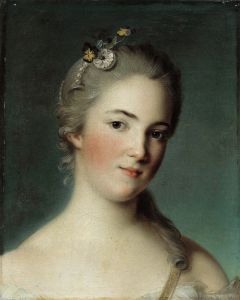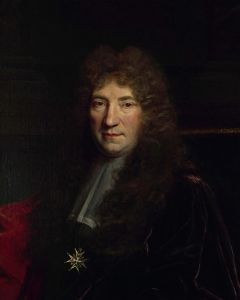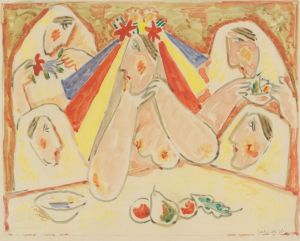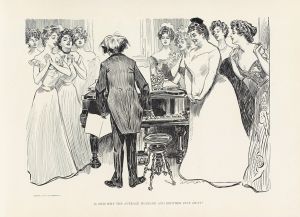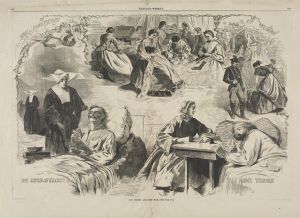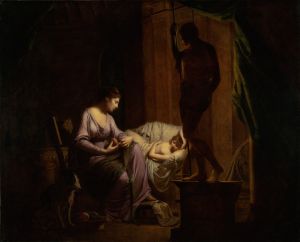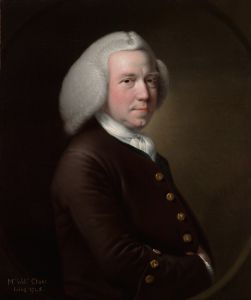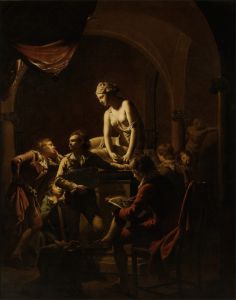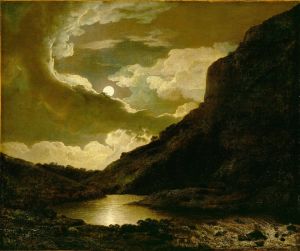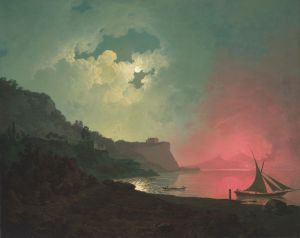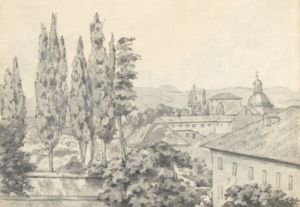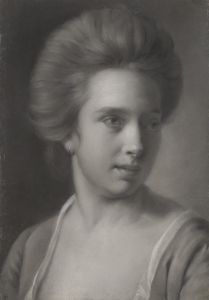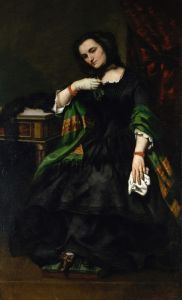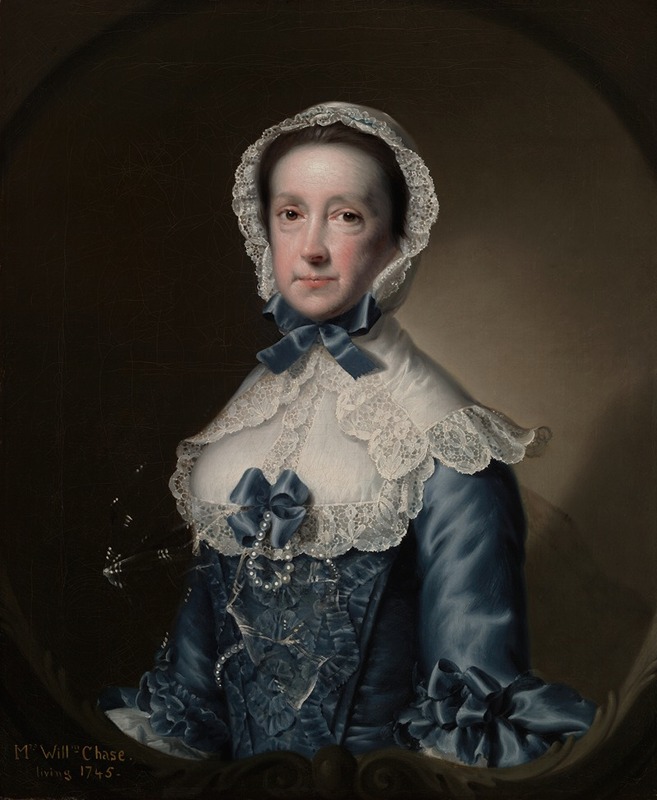
Portrait of Mrs. William Chase, Sr.
A hand-painted replica of Joseph Wright of Derby’s masterpiece Portrait of Mrs. William Chase, Sr., meticulously crafted by professional artists to capture the true essence of the original. Each piece is created with museum-quality canvas and rare mineral pigments, carefully painted by experienced artists with delicate brushstrokes and rich, layered colors to perfectly recreate the texture of the original artwork. Unlike machine-printed reproductions, this hand-painted version brings the painting to life, infused with the artist’s emotions and skill in every stroke. Whether for personal collection or home decoration, it instantly elevates the artistic atmosphere of any space.
Joseph Wright of Derby, an eminent English painter known for his distinctive use of chiaroscuro and his depictions of the Enlightenment, created the painting "Portrait of Mrs. William Chase, Sr." This artwork is a fine example of Wright's portraiture, showcasing his ability to capture the character and presence of his subjects with remarkable clarity and depth.
Joseph Wright was born in Derby in 1734 and became one of the most significant artists of the 18th century. He is often associated with the Industrial Revolution due to his interest in scientific and industrial themes, as well as his connections with key figures of the Enlightenment. Wright's work is characterized by his dramatic use of light and shadow, a technique known as chiaroscuro, which he employed to great effect in both his portraits and his more narrative-driven compositions.
The "Portrait of Mrs. William Chase, Sr." is a testament to Wright's skill in portraiture. Although specific details about the sitter, Mrs. William Chase, Sr., are limited, it is evident that Wright approached this work with the same meticulous attention to detail and sensitivity that he applied to all his portraits. The painting likely reflects the social status and personal attributes of the sitter, as was customary in portraiture of the time.
Wright's portraits are noted for their psychological depth and realism. He had a unique ability to convey the personality and mood of his subjects, often capturing a sense of introspection or quiet dignity. In this portrait, Wright would have employed his signature chiaroscuro technique to highlight the features of Mrs. Chase, creating a striking contrast between light and shadow that adds a three-dimensional quality to the work.
The setting and attire in the portrait would have been carefully chosen to reflect the identity and social standing of Mrs. Chase. During the 18th century, portraits were not only personal mementos but also symbols of wealth and status. The clothing, accessories, and background elements in the painting would have been selected to convey these aspects, providing viewers with insights into the sitter's life and times.
Joseph Wright's contribution to art extends beyond his technical prowess; he was also a part of the intellectual and cultural movements of his era. His connections with prominent figures such as Erasmus Darwin and members of the Lunar Society positioned him at the heart of the Enlightenment in England. This intellectual milieu influenced his work, encouraging a blend of scientific curiosity and artistic expression.
The "Portrait of Mrs. William Chase, Sr." exemplifies Wright's ability to merge artistic skill with a deep understanding of his subjects. While specific historical records about Mrs. Chase may be scarce, the painting remains a valuable piece of art history, offering insights into the portraiture practices of the 18th century and the enduring legacy of Joseph Wright of Derby.





